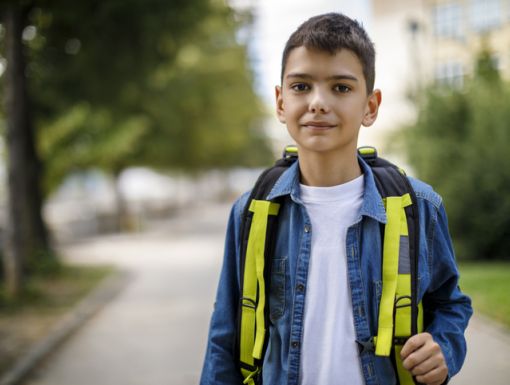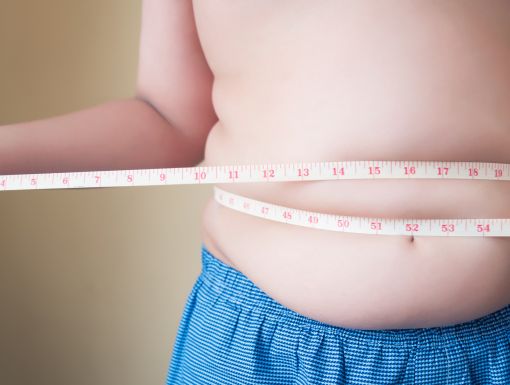
What is an ERCP Procedure?
ERCP stands for endoscopic retrograde cholangiopancreatography. That’s quite a mouthful. In children, ERCP is a procedure most commonly used to remove gallstones or treat complications from pancreatitis. It can also be used to treat other problems in the liver, bile ducts and pancreas.
The “e’’ stands for endoscope, a long, thin flexible tube with a camera on the end. The “r’’ stands for “retrograde,’’ which means the direction (backward) that the endoscope injects a liquid dye to “light up’’ organs during X-rays. The “c’’ stands for “cholangio,’’ a word referring to the bile duct system and the “p’’ refers to the pancreas.
The great thing about the ERCP procedure is that it’s “ minimally invasive,’’ meaning there are no incisions through the skin.
What are gallstones?
You might think only adults get gallstones, and usually, that is the case. But sometimes, children can get gallstones, too. A growing number of children in the United States are getting gallstones, which coincides with the rise of obesity and other risk factors in our country. Gallstones are small, stone-like objects formed when liquid in the gallbladder hardens.
What causes gallstones?
Exact causes are unknown, but risk factors include:
- Certain red blood cell disorders, such as sickle cell
- Obesity
- Family history of gallstones
- Taking certain medicines, such as contraceptives
- Pregnancy
- Prolonged intravenous nutrition
- Abdominal surgery
- Crohn’s disease
What are the symptoms of gallstones?
The following may indicate that your child has gallstones:
- Pain in the upper right or upper middle abdomen, especially after eating
- Pain that spreads to the back or between the shoulder blades
- Pain that gets worse after eating fatty or greasy foods
- Nausea and vomiting
If a gallstone blocks a duct, your child may experience:
- Jaundice, a yellowing of the skin and whites of eyes
- Fever, chills or sweats
- Vomiting or nausea
If your child has these symptoms, make an appointment with your provider.
If your doctor decides to use the ERCP procedure, your child will be placed under general anesthesia, and the doctor will guide the endoscopy into your child’s mouth and into the upper digestive tract. The endoscopy is a wonderful tool. Your doctor can use it to accomplish several goals:
- Deliver medicine directly into your child’s gastrointestinal tract
- Slide tools to the right area to remove obstructions in tiny areas. This is how the doctor can remove gallstones. If the stone is large, the doctor can break it into smaller pieces with special tools.
- Inject a special dye into the tract to “light up’’ organs so that the doctor can see problems and diagnose diseases on an X-ray
The doctor can also detect if your child’s bile duct is too narrow for bile to pass through. Bile is important for proper digestion. If that is the case, the doctor can stretch the bile ducts and insert a stent to widen them.
Because of the anesthesia, your child will be asleep and not feel any pain during any of these procedures. Your child’s stomach must be empty before this procedure. Your doctor’s office will give you specific instructions on how far in advance to stop food and liquids before the ERCP.
Make an appointment with pediatric gastroenterologist Matthew Giefer, MD


